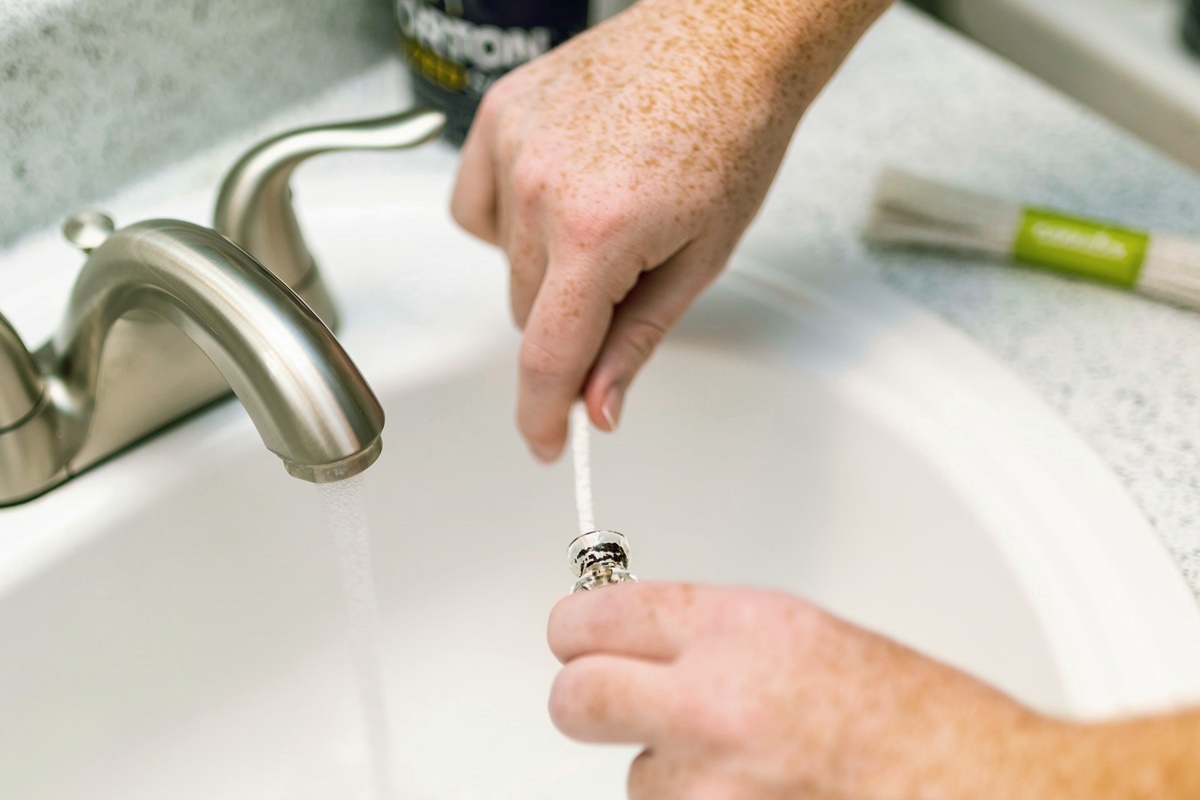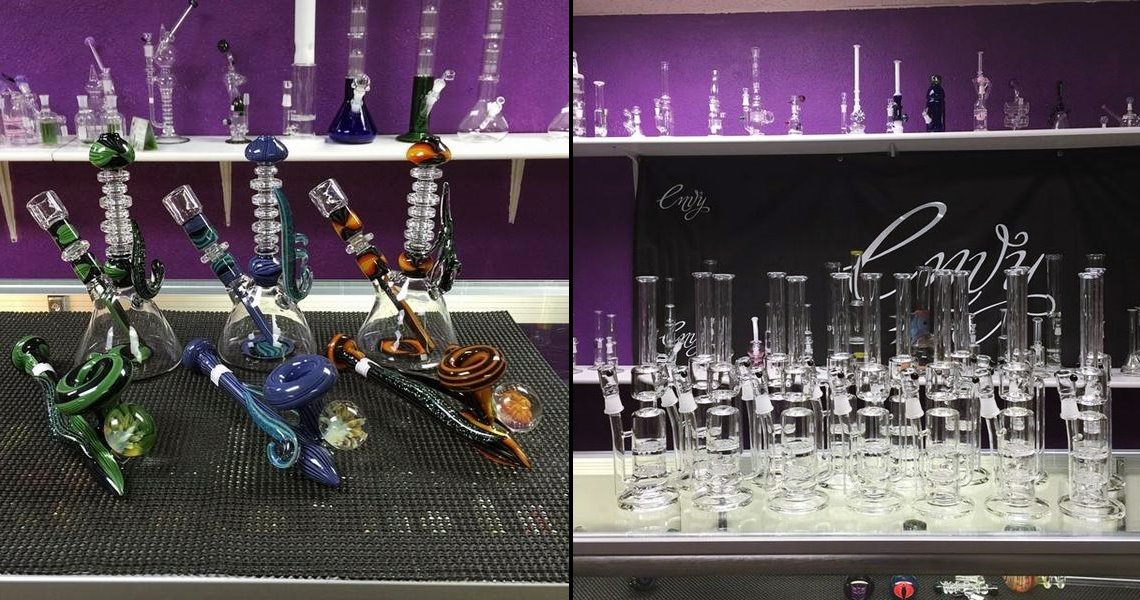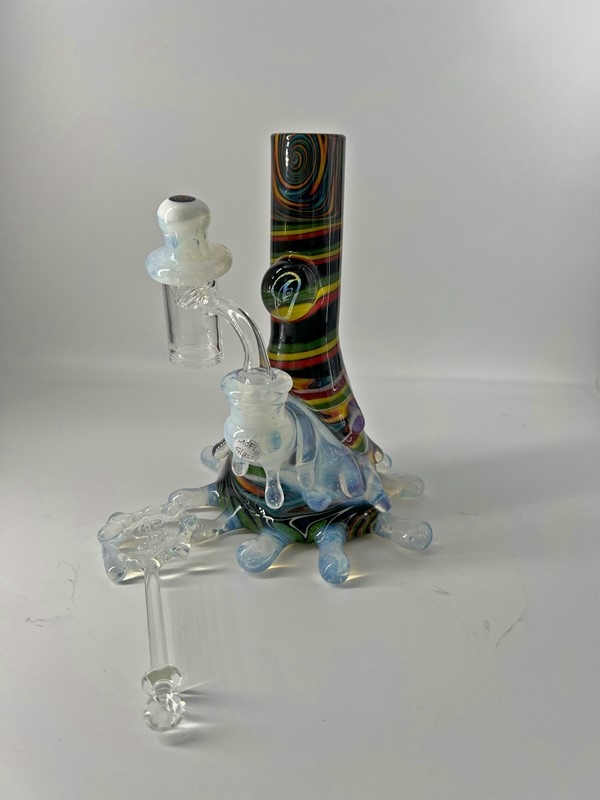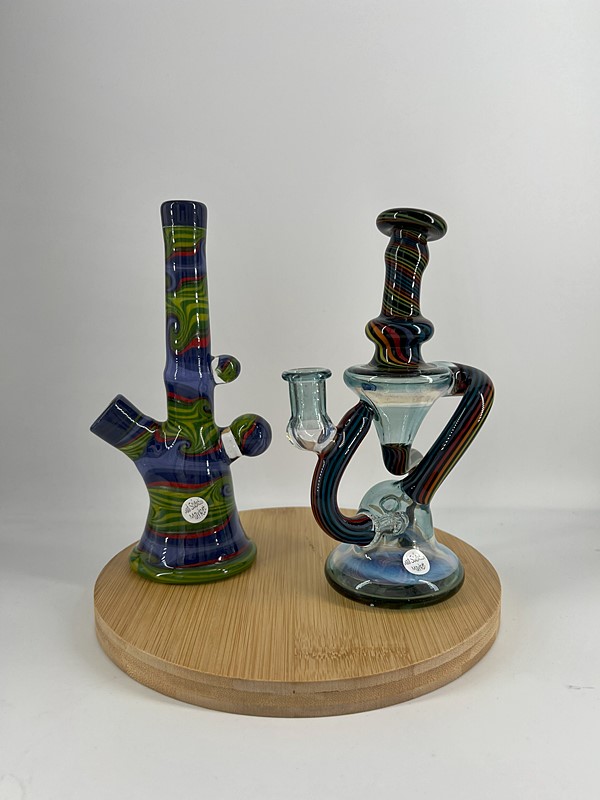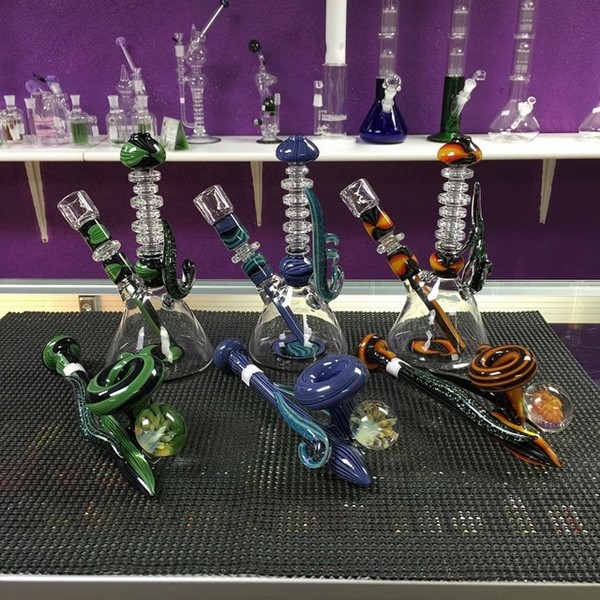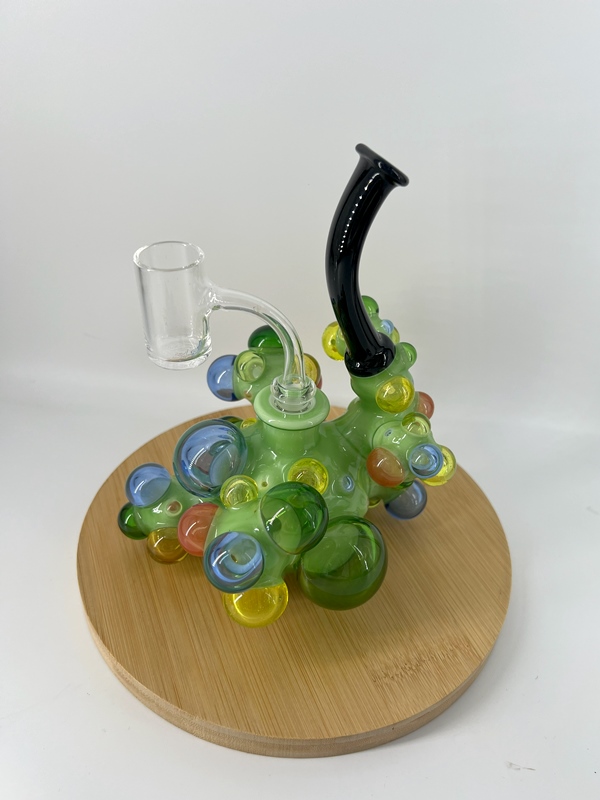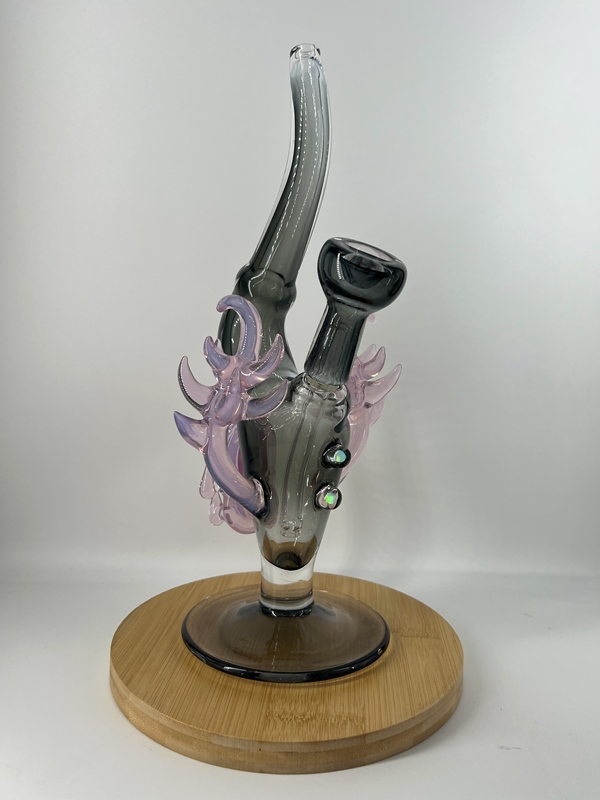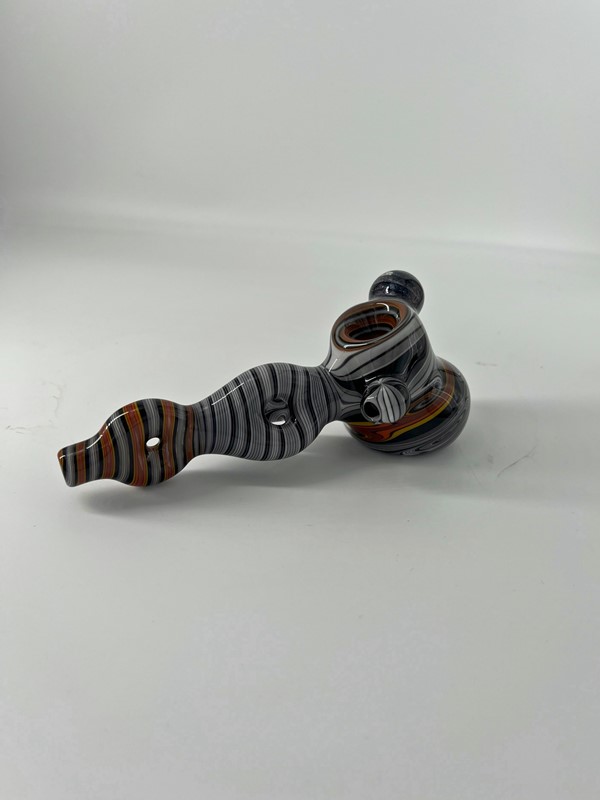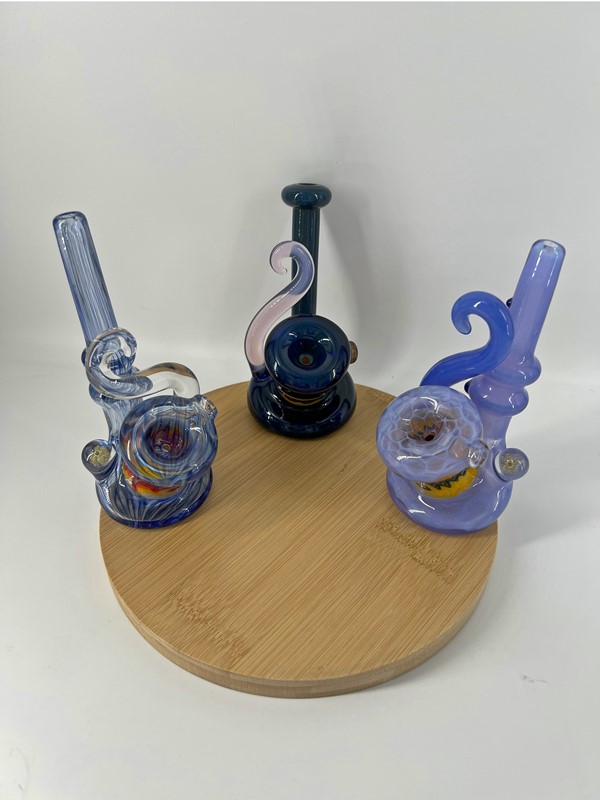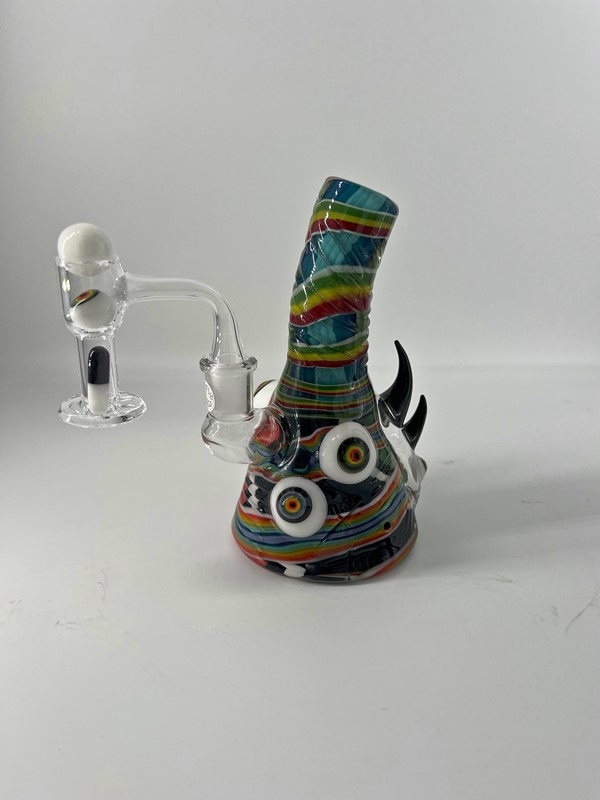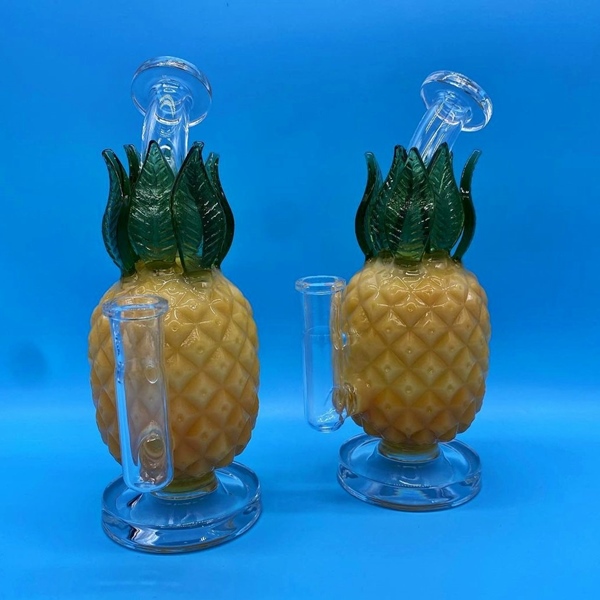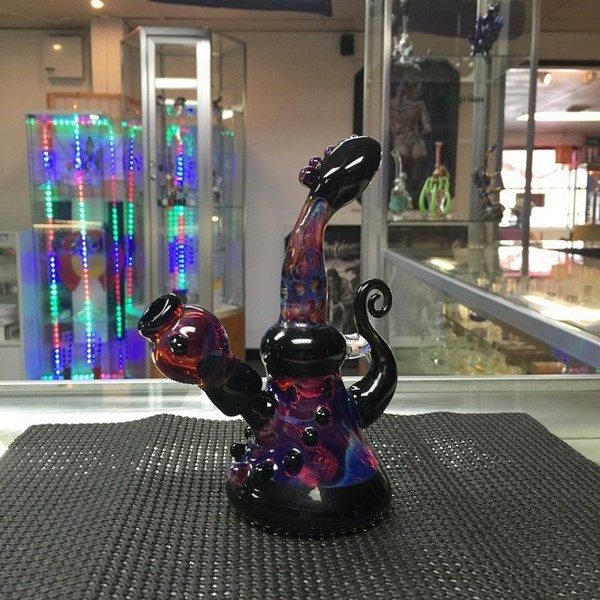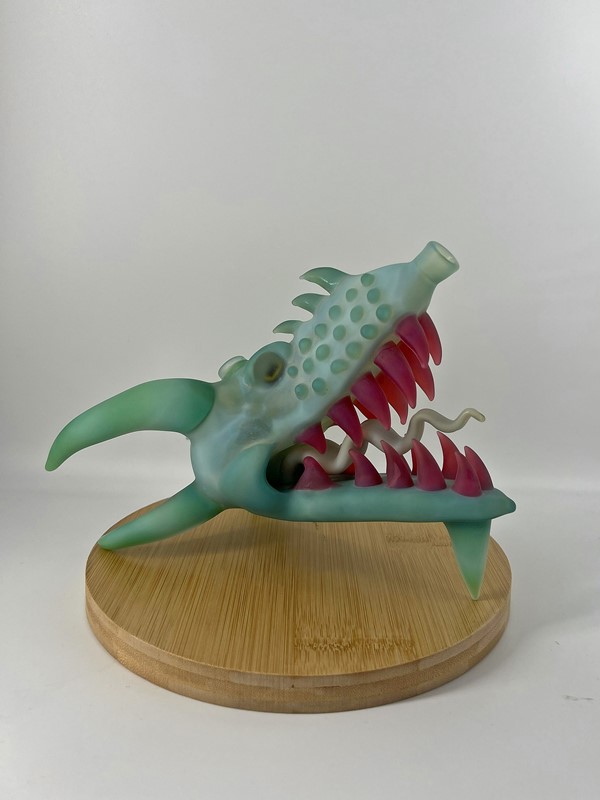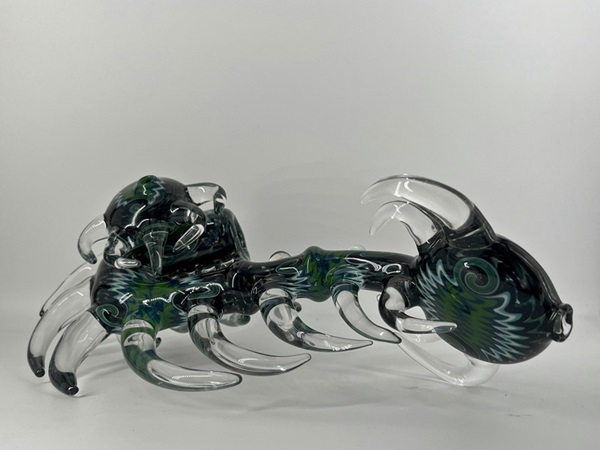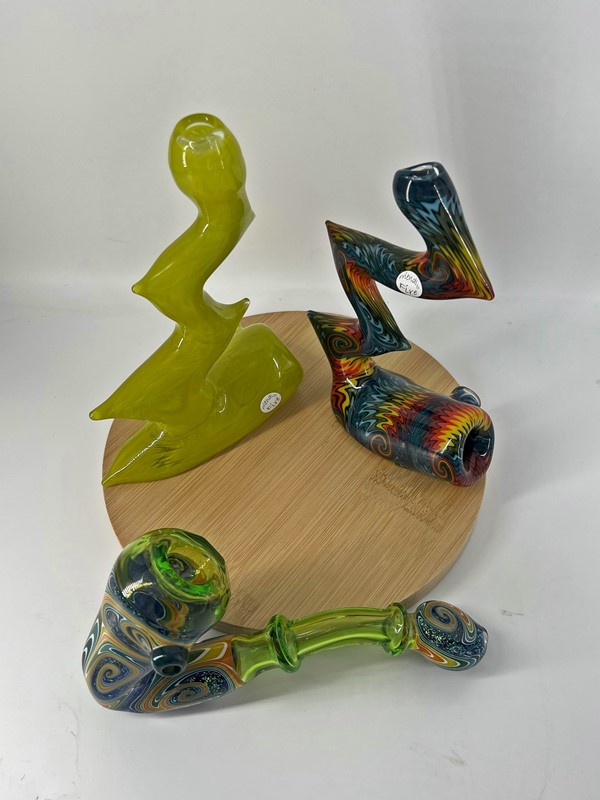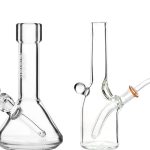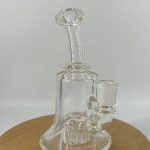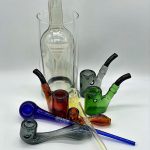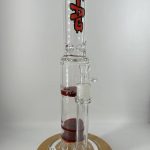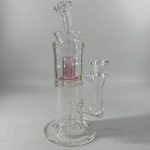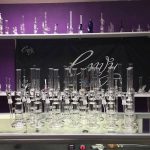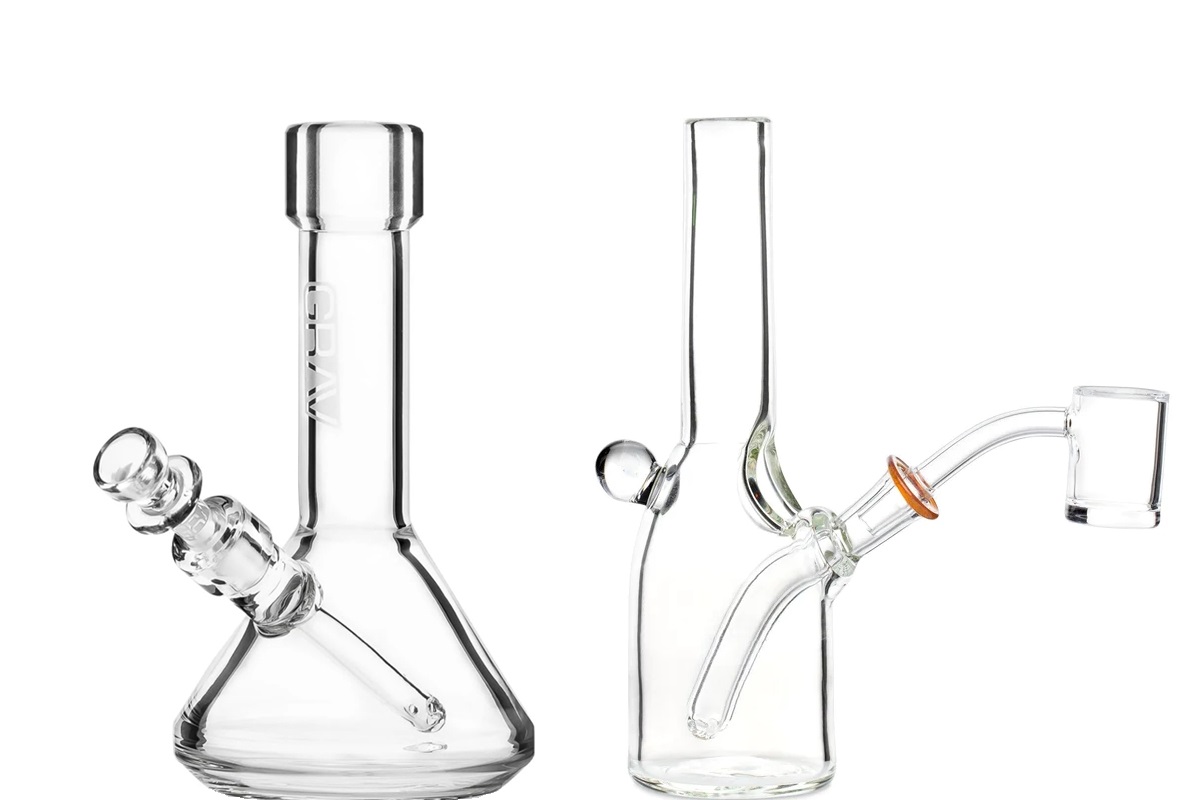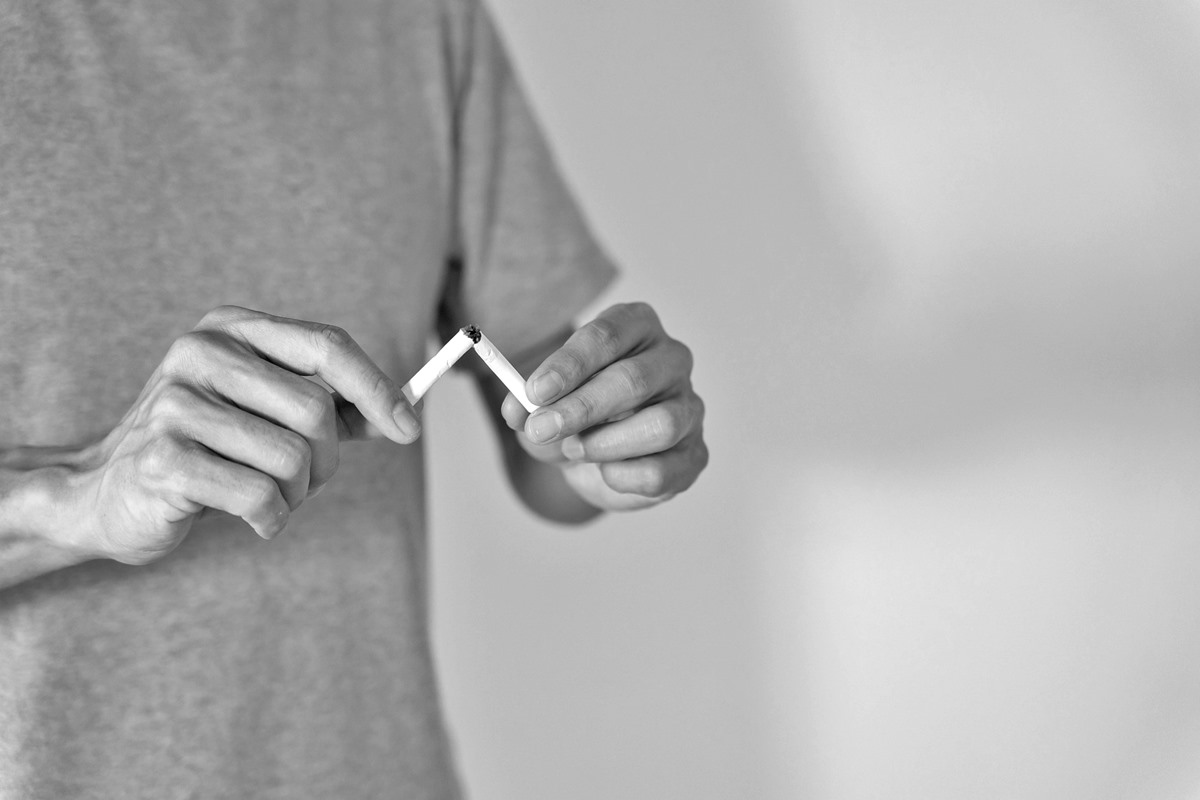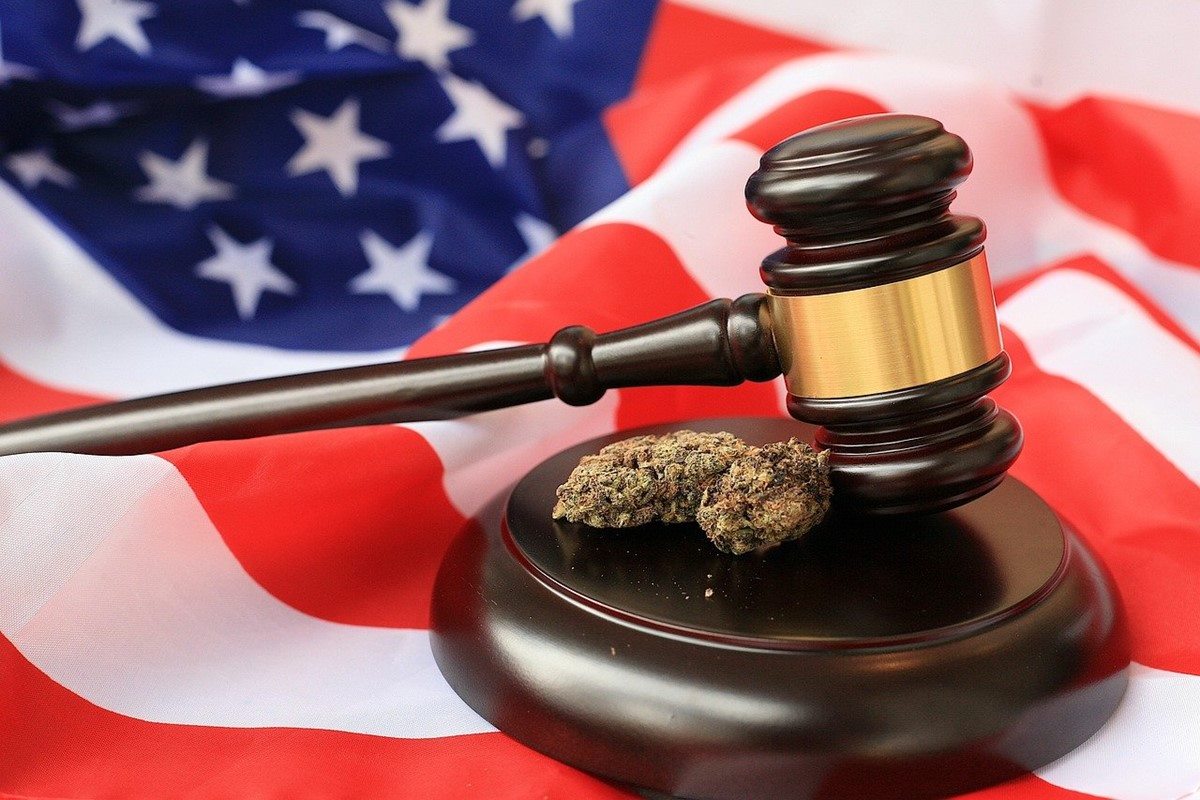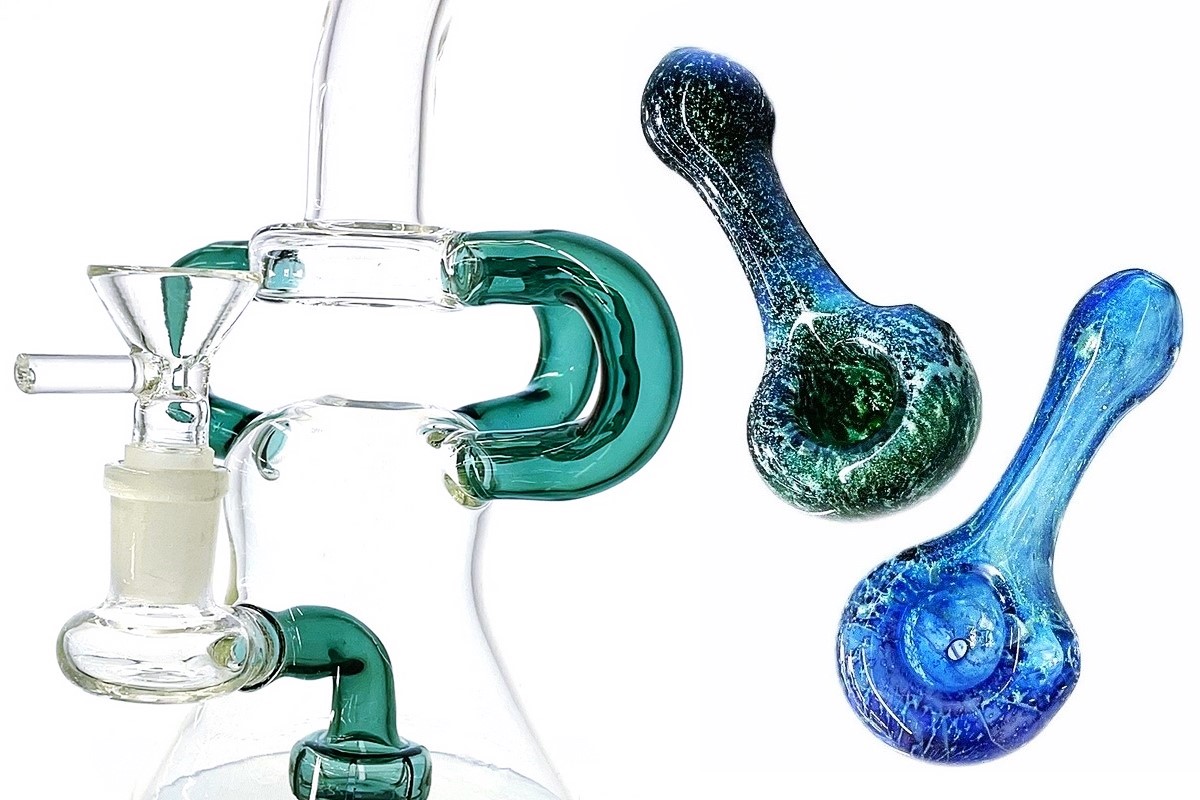How Often Should You Clean Your Bong?
Let’s look into this with a clear, concise answer, shall we? It would be best if you cleaned your bong after every use – but realistically, most bong smokers won’t. And even those who don’t spend much time thinking about the creepy bio-stew brewing in their bong’s water chamber after several weeks of regular use. But they should. If the water in your bong has developed a greasy film or mold has attached itself to the inside of the glass, you’re asking for trouble. If you use your bong when it’s in such a gruesome state, you become susceptible to various health problems.Health Risks of Dirty Bong Use
Throat Irritation
 A dirty bong can cause throat irritation due to mold and bacteria. When you inhale smoke through a contaminated bong, these irritants can inflame your throat, causing pain and discomfort. This can make smoking an unpleasant experience and potentially lead to more severe throat conditions if left untreated.
A dirty bong can cause throat irritation due to mold and bacteria. When you inhale smoke through a contaminated bong, these irritants can inflame your throat, causing pain and discomfort. This can make smoking an unpleasant experience and potentially lead to more severe throat conditions if left untreated.
Allergic Reactions
Mold spores and other allergens in a dirty bong can trigger allergic reactions. Symptoms include sneezing, itching, watery eyes, rashes, and even more severe reactions such as difficulty breathing and swelling. Individuals with mold allergies are particularly susceptible to these reactions, making it crucial to maintain a clean bong.Respiratory Infections
Using a dirty bong can lead to respiratory infections. The stagnant water and resin buildup create an ideal environment for bacteria and fungi to thrive. Inhaling these pathogens can cause infections in your lungs and airways, leading to coughing, wheezing, and shortness of breath. Over time, these infections can become chronic and severely impact your respiratory health.Conjunctivitis
Using a dirty bong can also lead to conjunctivitis, commonly known as pink eye. The pathogens in the dirty water and biofilm can easily come into contact with your eyes, causing infection and inflammation. Symptoms include redness, itching, and discharge from the eyes.Severe Infections
 Biofilm is a greasy film composed mostly of fungi – i.e., mold – that can appear on the surface of bong water if the bong isn’t cleaned often enough. The water chamber will make a safe and hospitable place for planting and propagating roots. The warm, moist environment inside the water chamber is perfect for growing fungi, even if you use the bong every day.
Once it settles in, the mold begins releasing spores, and should you breathe them in, well, woe unto you. Dirty bong water can become a breeding ground for severe infections such as cholera or diphtheria. Inhaling mold spores can also lead to a potentially fatal condition called “histoplasmosis,” – which starts in the lungs and can expand to the heart and other vital organs.
It’s essential to regularly clean your bongs to protect yourself against all levels of associated health risks.
Biofilm is a greasy film composed mostly of fungi – i.e., mold – that can appear on the surface of bong water if the bong isn’t cleaned often enough. The water chamber will make a safe and hospitable place for planting and propagating roots. The warm, moist environment inside the water chamber is perfect for growing fungi, even if you use the bong every day.
Once it settles in, the mold begins releasing spores, and should you breathe them in, well, woe unto you. Dirty bong water can become a breeding ground for severe infections such as cholera or diphtheria. Inhaling mold spores can also lead to a potentially fatal condition called “histoplasmosis,” – which starts in the lungs and can expand to the heart and other vital organs.
It’s essential to regularly clean your bongs to protect yourself against all levels of associated health risks.
Signs That It’s Time to Clean Your Bong
As we said, you should clean your bong after every use. In the real world, that’s not always possible. But that’s no excuse to put off cleaning indefinitely. If you notice any of the following signs, make sure you clean your bong thoroughly before you use it again.“The color of your bong water is your best indicator of when to give it a deep clean. Even if it’s clean, water in a dirty bong will appear brownish-green due to the stuck-on resin on the glass. If it’s dark, becoming almost black, then it’s way past time for you to clean out your bong.” —Lindsey Bartlett, The Cannabist
- A foul odor emanating from your bong: When you buy a bong from our Parker Smoke Shop, you’re buying glass, plastic, and maybe a few small pieces of metal. There is nothing that should be giving off a foul smell.
- Ye olde biofilm or mold: We hate harping on the biofilm, but it’s important. You should never use glass pipes if there is a greasy film on the water’s surface in the tank. Never. The same applies if you see black or green mold inside the tank.
- Resin buildup: The water tank isn’t the only thing that can get skanky. If you last cleaned them a while ago, the bowl and stem can become encrusted with resin, forcing you to pull harder to get good hits.
- Dark bong water: Your bong water should always be clean and clear. If it’s brown and hazy, it’s loaded with impurities filtered from the smoke, and it’s now playing host to all types of microbes.
How to Clean Your Bong
Materials Needed
- Isopropyl alcohol (91% or higher)
- Coarse salt (like kosher salt)
- Hot water
- Rubber stoppers or bong plugs (optional)
- Cleaning brushes or pipe cleaners
- Paper towels or a clean cloth

Step-by-Step Cleaning Process
Follow the steps in the visual guide below to effectively clean your bong.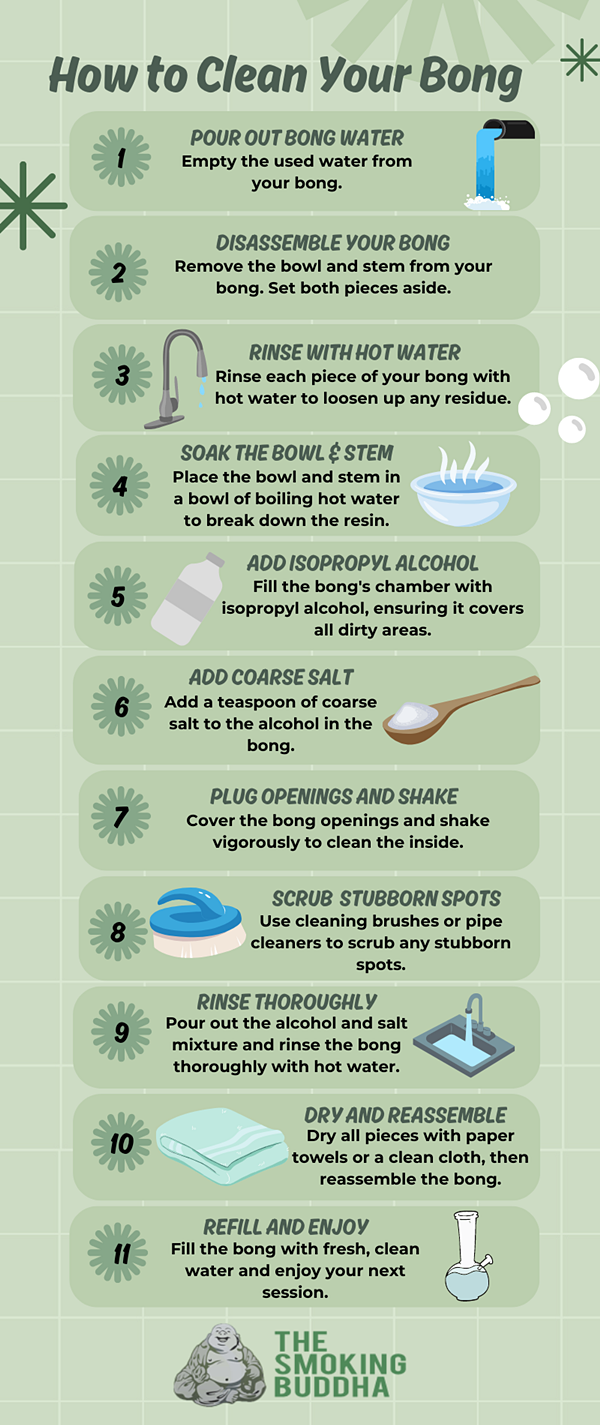 Download a PDF of the Infographic Above:
Download a PDF of the Infographic Above:
Additional Bong Cleaning Tips
- Use a Ziplock Bag: For smaller parts like the bowl and stem, you can place them in a Ziplock bag with isopropyl alcohol and salt. Shake the bag to ensure thorough cleaning.
- Pipe Cleaners: Invest in some good-quality pipe cleaners to scrub hard-to-reach areas, especially in the stem and bowl.
- Brushes: Bottle brushes or specialized bong cleaning brushes can effectively clean the main chamber and other parts of the bong.
- Frequent Water Changes: Change the water in your bong daily, even if you don’t clean the whole bong. This reduces the buildup of resin and biofilm.
- Deep Cleaning Schedule: Even if you can’t clean your bong after every use, make it a habit to clean it deep at least once a week.

